At one point or another, millions of adults across the globe have resolved to be more physically active. The benefits of routine exercise are too numerous to cite, but some of the more notable ones include a lower risk for chronic disease and illness, improved self-esteem and greater overall health.
With so much to gain from routine exercise, it’s no wonder so many people aspire to be more physically active. But it’s easy to lose motivation when aspiring to exercise more. Each year, one of the most popular New Year’s resolutions is to exercise more. In fact, Statista conducted a survey regarding New Year’s resolutions for 2023 and found that exercising more was the most popular resolution. However, a 2021 study published in the International Journal of Environment Research and Public Health found that 64 percent of people abandon their New Year’s resolutions within a month of making them. Exercising more requires commitment, and there are some ways to make it a little easier to maintain that commitment over the long haul.
Break It Up
The Harvard T.H. Chan School of Public Health notes that people don’t need to exercise all at once to reap the rewards of physical activity. If time is tight, break up a workout over the course of your day. Some strength-training exercises in the morning can be followed up with a brisk walk or run over a lunch break. This approach makes it easier to fit a full workout into your daily routine.
Employ The Buddy System
The Centers for Disease Control and Prevention suggests that working out with a partner increases exercise motivation and encourages individuals to be more consistent with their exercise routine so they do not let their partners down. The authors behind a 2019 study published in the International Journal of Research in Exercise Physiology suggested the efficacy of the buddy system may require further study before researchers can definitively say it’s an effective motivation strategy for people who want to exercise more. But there’s no denying that many individuals feel that they are more likely to exercise with a friend than they are if they go solo.
Schedule Exercise Time
Busy professionals book work meetings, family obligations and other daily tasks in their schedules, and the T.H. Chan School of Public Health recommends doing the same with exercise. Allotting time to exercise each day may decrease the likelihood that you’ll skip a workout, and once results start to manifest you may be more motivated to stay the course.
Identify What Progress May Look Like
It’s easy to become discouraged if a commitment to routine exercise does not produce visible results. But just because your abs are not becoming chiseled a month into a workout routine or the scale is not reflecting significant weight loss does not mean your routine is not working. As the human body ages, it becomes more difficult to transform it. So a workout routine that left you looking lean and chiseled in your twenties may not produce the same body in your forties. But that does not mean the exercise isn’t working and ultimately helping you get healthier. Adults are urged to speak with their physicians and identify what progress with a workout routine might look like for someone their age. Progress may look different than it did years ago, but if the end result is a healthier you, then that should be all the motivation you need to keep going.
It’s no secret that making a commitment to routine exercise can be difficult. But various strategies can increase the likelihood that individuals will stay the course as they seek to exercise more frequently.

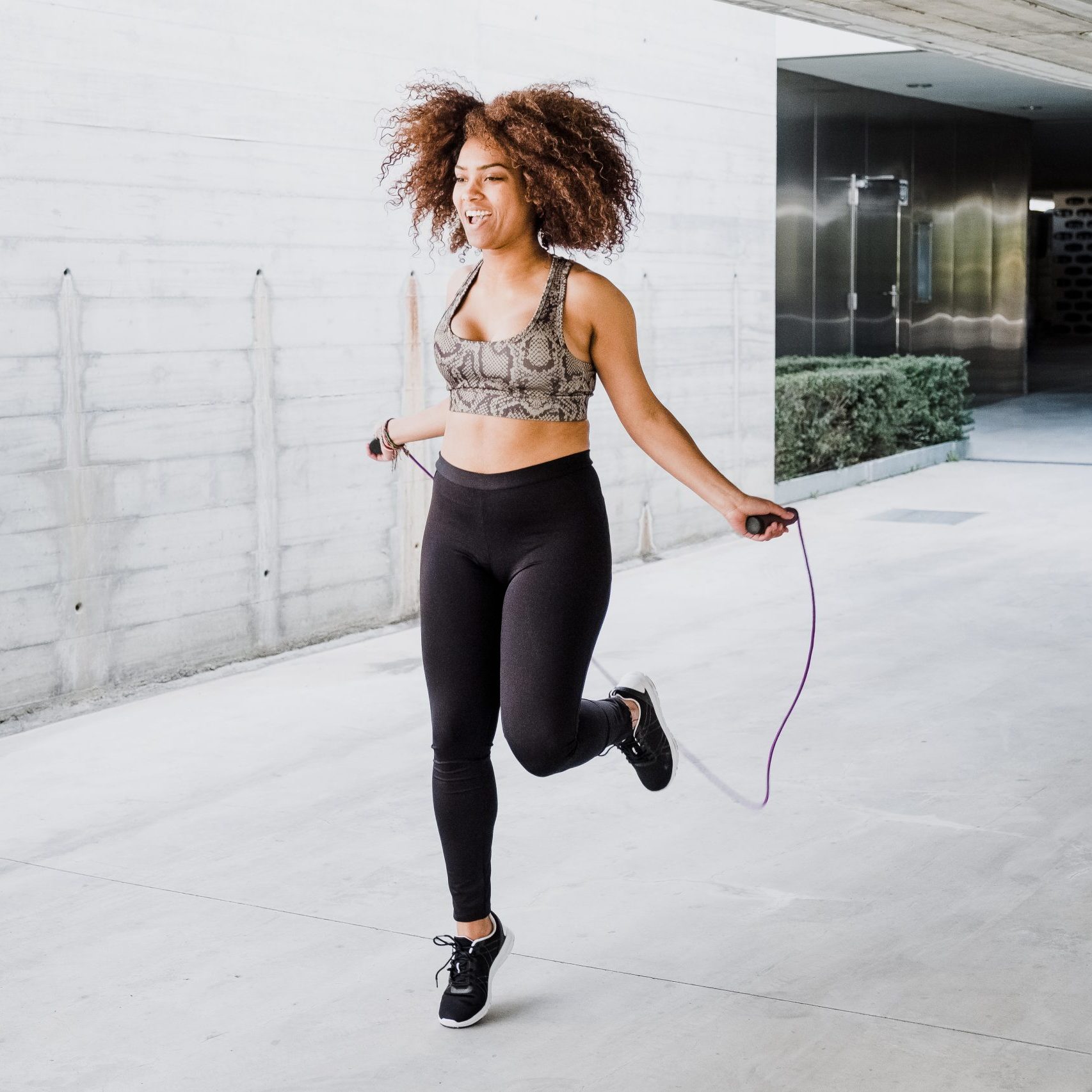
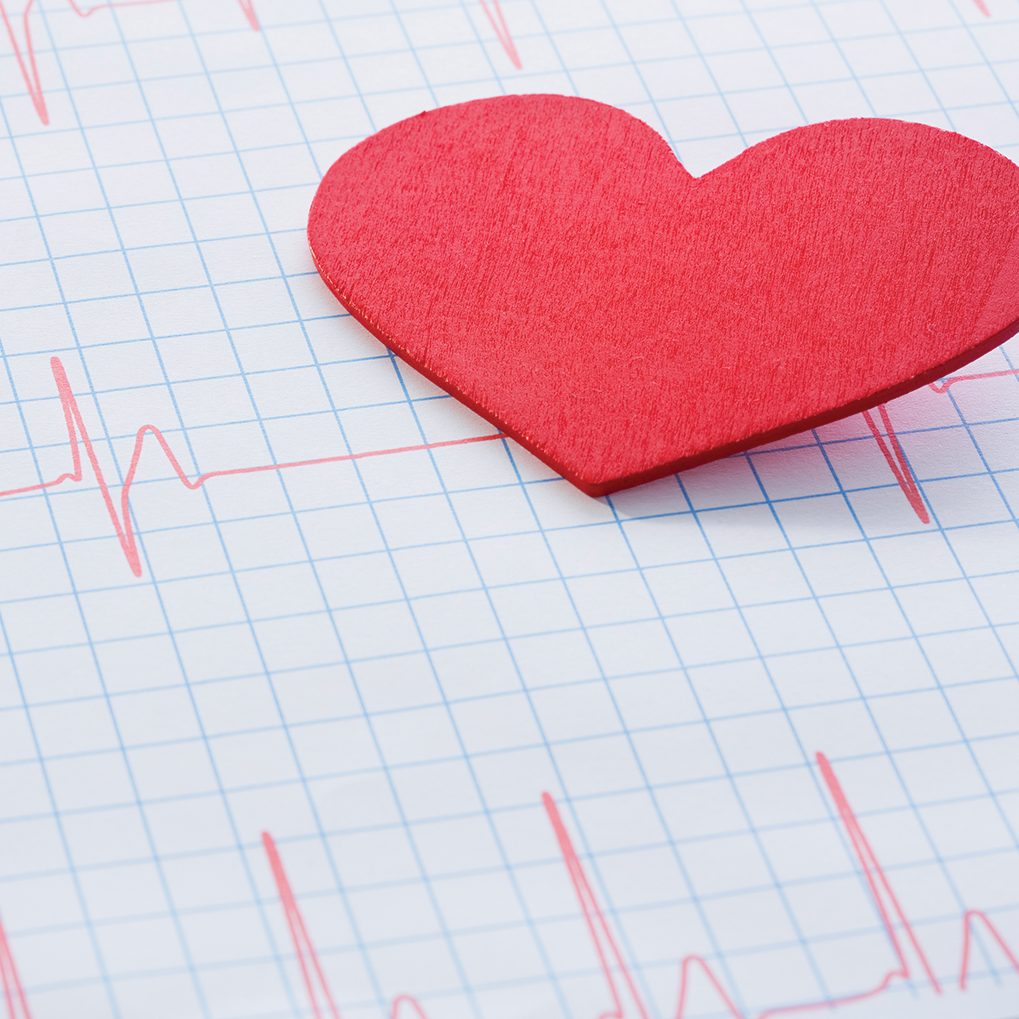
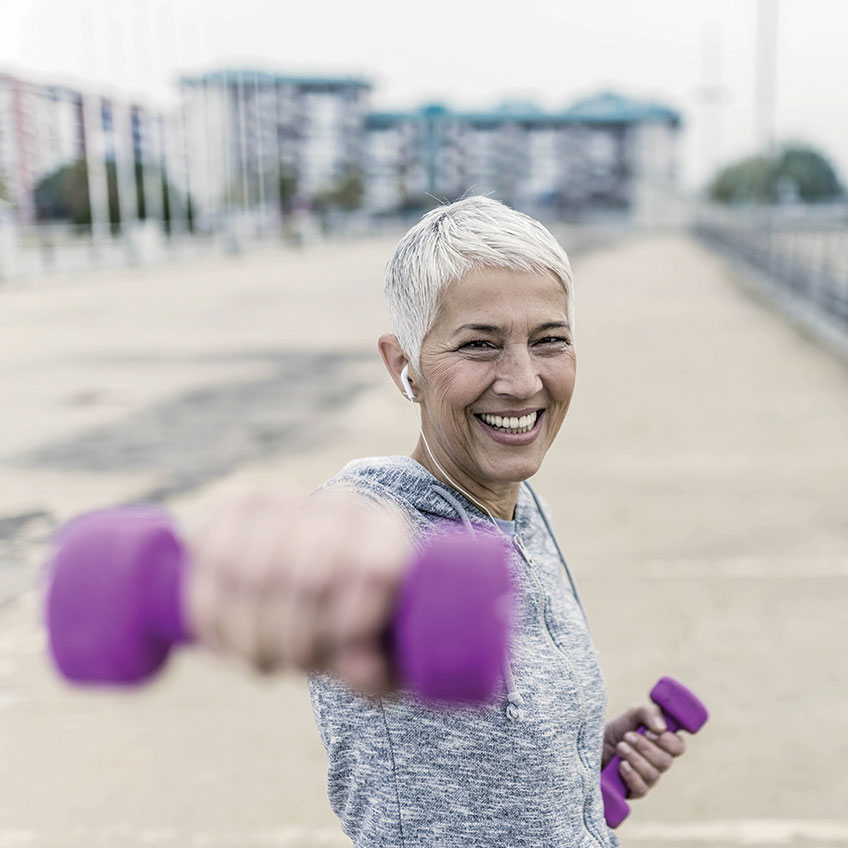
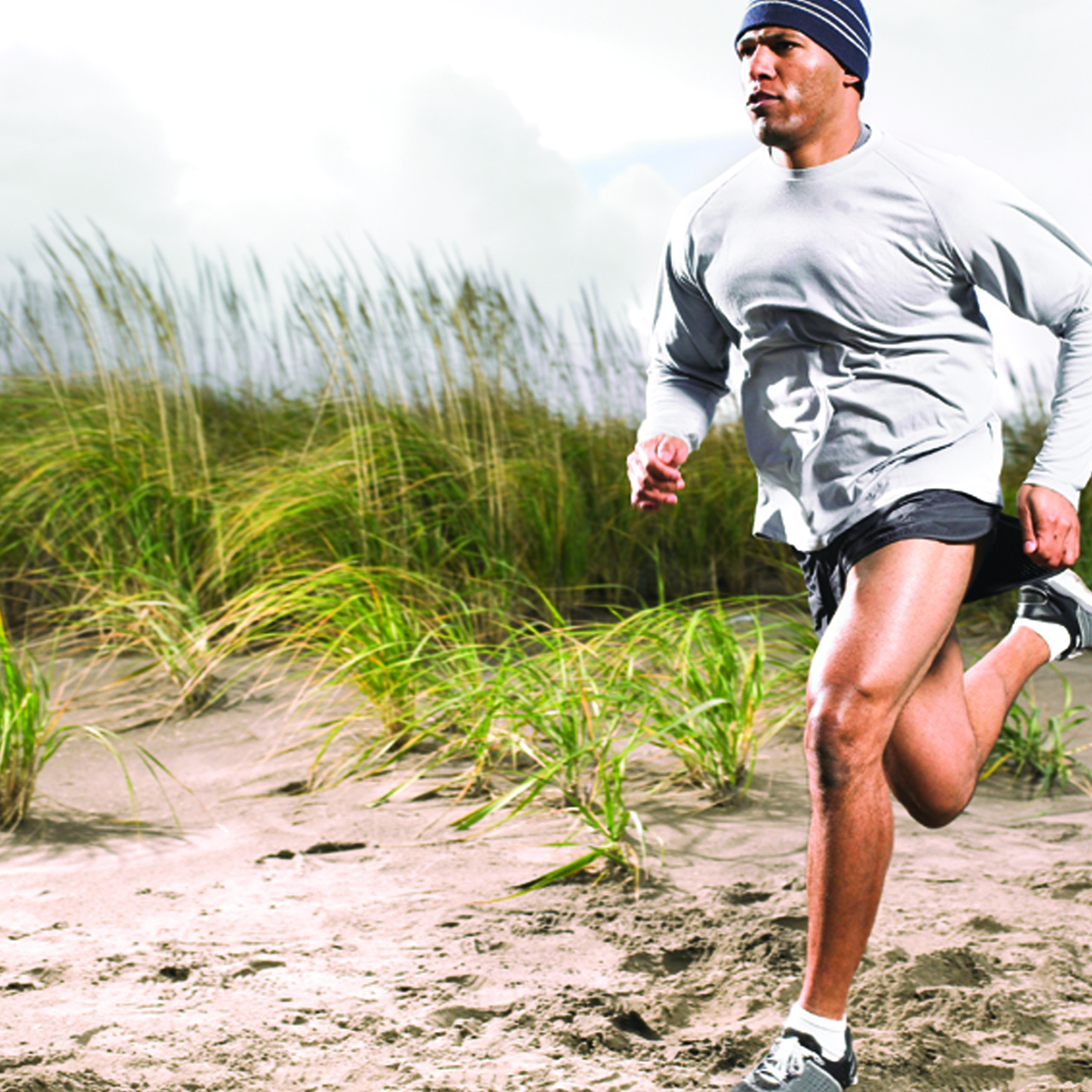
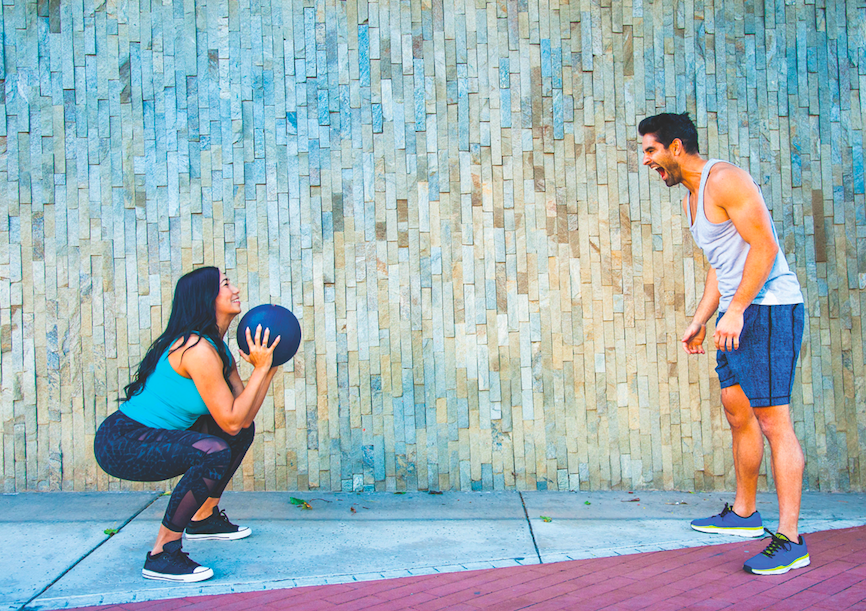




 that serve a
that serve a


